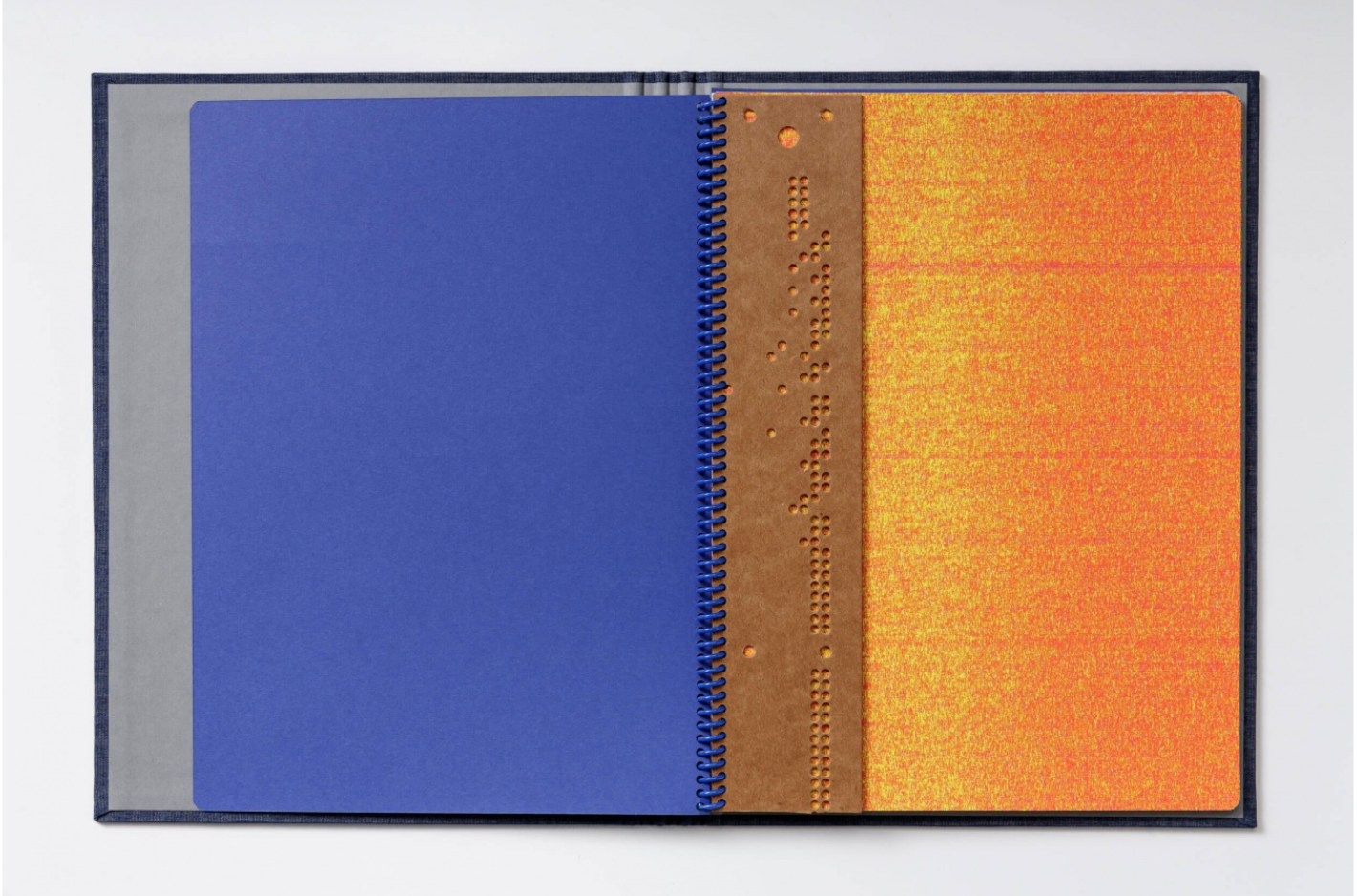Programmed: Rules, Codes, and Choreographies in Art, 1965–2018 | Art & Artists
Sept 28, 2018–Apr 14, 2019
Programmed: Rules, Codes, and Choreographies in Art, 1965–2018 | Art & Artists
Rule, Instruction, Algorithm:
Ideas as Form
1
Artists have long used instructions and abstract concepts to produce their work, employing mathematical principles, creating thought diagrams, or establishing rules for variations of color. Conceptual art—a movement that began in the late 1960s—went a step further, explicitly emphasizing the idea as the driving force behind the form of the work. In his “Paragraphs on Conceptual Art” (1967), Sol LeWitt wrote: “The plan would design the work. Some plans would require millions of variations, and some a limited number, but both are finite. Other plans imply infinity.” The works in this grouping—from Sol LeWitt’s large-scale wall drawing and Josef Albers’s series of nesting colored squares and rectangles to Lucinda Childs’s dances and Joan Truckenbrod’s computer drawings—all directly address the rules and instructions used in their creation. Essential to each is an underlying system that allows the artist to generate variable images and objects.
Mika Tajima, Negative Entropy, Vol. 5, 2015
Negative Entropy is a series of abstract “portraits” by Mika Tajima that draws connections between weaving and the history of computing. Her subjects are sites of computer data centers that provide the framework for the information economy and factories that employ industrial Jacquard weaving looms—invented by Joseph Marie Jacquard in 1804—that, like early computing, used punched cards for information storing. The portrait shown here is that of the New York University Central Data Center, the global hub and infrastructure for the university’s information technology. The distribution of photography of the center is prohibited so the site is represented here as a Jacquard punched card that was translated from a digital photo taken of the site. Tajima also made audio recordings at the data center; she then used linguistic audio software to translate the sound frequencies into what is known as a digital spectrogram image, which is shown here interleaved with the punched card. The portrait both represents the data center and is a physical record of the data creating this representation.
Artists
- Josef Albers
- Cory Arcangel
- Tauba Auerbach
- Jonah Brucker-Cohen
- Jim Campbell
- Ian Cheng
- Lucinda Childs
- Charles Csuri
- Agnes Denes
- Alex Dodge
- Charles Gaines
- Philip Glass
- Frederick Hammersley
- Channa Horwitz
- Donald Judd
- Joseph Kosuth
- Shigeko Kubota
- Marc Lafia
- Barbara Lattanzi
- Lynn Hershman Leeson
- Sol LeWitt
- Fang-yu Lin
- Manfred Mohr
- Katherine Moriwaki
- Mendi + Keith Obadike
- Nam June Paik
- William Bradford Paley
- Paul Pfeiffer
- Casey Reas
- Earl Reiback
- Rafaël Rozendaal
- Lillian Schwartz
- James L. Seawright
- John F. Simon Jr.
- Steina
- Mika Tajima
- Tamiko Thiel
- Cheyney Thompson
- Joan Truckenbrod
- Siebren Versteeg
- Lawrence Weiner

